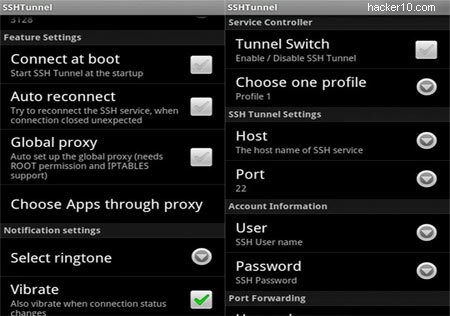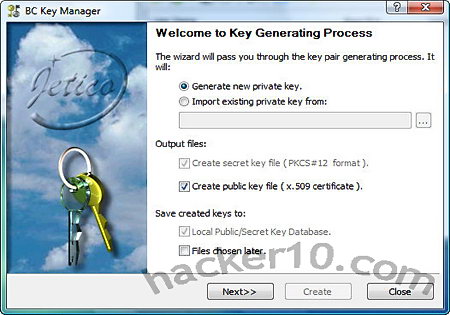With hard disks getting bigger in size and thousands of files in our computers it is easy to leave behind personal data that could be used for identity theft, Identity Finder renamed Identity Sweeper stops the risk of data leakage by finding and securing private information, it would be a good idea to run something like this on your hard disk before taking your laptop to the repair shop or allowing anyone who is not your family access to your computer.
Identity Sweeper will scan your computer files searching credit card numbers, dates of birth, passwords, bank account numbers, driver license, phone numbers and other personal data that is often used by identity thieves, it can be used to search for country specific data like the Canadian SIN numbers, British NHS identification and Australian TFN account numbers.
After the scan the software will show you all of the data it has found on a detailed preview pane with statistics and it will offer to securely wipe it using US Department of Defense standards (DOD 5220.22-M), any wrongly classified data can be filtered out from future scans by marking it as ignore, if you need to have the data in your computer you don’t necessarily have to erase it and can use Identity Sweeper to encrypt it, the applications integrates with Windows Explorer creating context menu options for easy access.
Some of the locations that will be scanned for sensitive data include the Internet browser temporary files (IE and Firefox), cookies, messenger logs, text documents (.docx, .pdf, .txt, .rtf, .html), compressed files (.zip, .gzip, .rar, .bzip), email messages (Windows Mail, Thunderbird, Outlook Express) and others.

Identity theft contains all of the tools that are needed by those not using full disk encryption, a secure data wiper, file encryption and a password manager with the ice on the cake being the hard disk scanning for unsecured data useful to identity thieves. The free edition of this software is pretty basic, it comes with a data shredder and it only scans for credit card numbers and passwords, if you want the whole suite with all of the features you will have to buy it.















